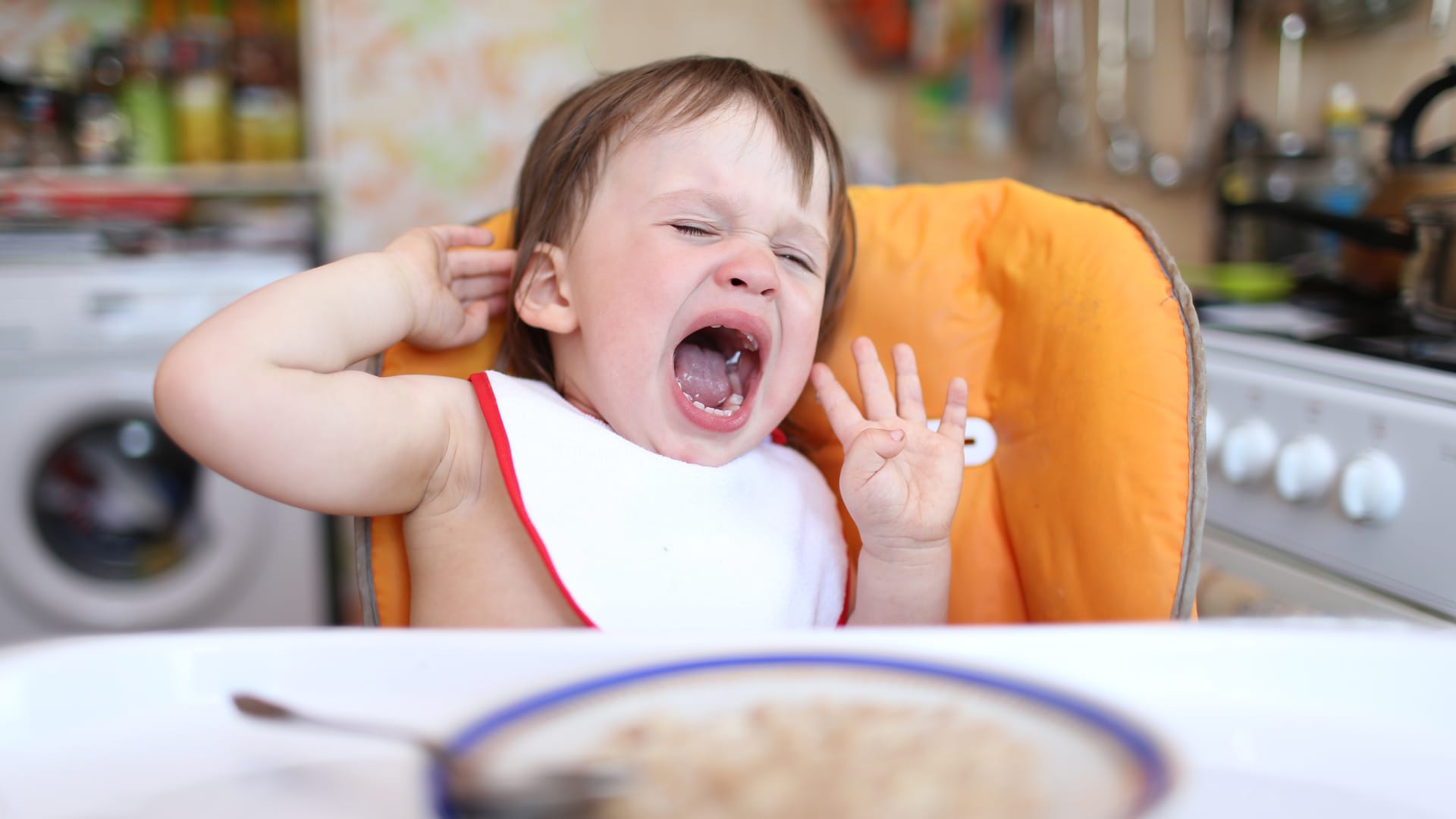دبي، الإمارات العربية المتحدة ( CNN)-- هل تعاني من الإحباط بسبب كون طفلك إنتقائياً لدى تناول الطعام؟ وإذا كنت تحاول حل المشكلة عبر الالتزام بصرامة أكبر، فمن المحتمل أنك تجعل الأمور أسوأ، وفقاً لدراسة جديدة تبعت أكثر من 3 آلاف شخص من الأهل والأطفال لـ5 أعوام.
وبحسب الدراسة التي نُشرت الثلاثاء في مجلة "Pediatrics"، ترتبط مطالبة الطفل بتناول طعامه، أو تقييد الأطعمة التي يستطيع أن يتناولها، بأكثر الأطفال انتقائية.
وارتبطت مستويات الانتقائية الأقل بالآباء والأمهات الذين يفرضون قيود أقل وضغط أقل عند تناول الطعام.
وكانت العائلات المشاركة في الدراسة مؤهلة لبرنامج "Head Start" التابع لوزارة الصحة والخدمات الإنسانية بالولايات المتحدة، ما يعني أنهم كانوا يعيشون عند مستوى فقر الحكومة الفيدرالية أو دونه بالنسبة لعائلة تتكون من 4 أشخاص.
وطلب الباحثون من أولياء الأمور الرد على استبيانات تصف مستوى صعوبة إرضاء أطفالهم عند تناول الطعام، وكيفية تعاملهم مع المشكلة، وقاموا أيضاً بإكمال الاستبيان عندما بلغ أطفالهم 4، و5، و8، و9 أعوام.
وقالت كبيرة المؤلفين، وطبيبة الأطفال التنموية والسلوكية في مستشفى "Michigan Medicine C.S. Mott" للأطفال، ميغن بيش إن "ما يجعل هذه الدراسة فريدة حقاً هو تمكننا من فهم هذا السلوك على مدى فترة زمنية أطول".
وقٌسم الأطفال بحسب مستويات الانتقائية، والتي تضمنت مستويات منخفضة، ومتوسطة، وعالية.
ووقع 15% من الأطفال في المستوى الأخير، ومن سماتهم عدم تقبل الخضار بشكل كبير، والقلق من الأطعمة الجديدة.
وقالت بيش: "لا تجبر أطفالك على تناول كل ما في طبقهم"، وأضافت: "لا تجعلهم يجلسون عند طاولة الطعام حتى يتناولوا كمية معينة من الطعام، وتجنب تقديم الرشوة باستخدام الطعام".
بدلاً من إجبارهم.. جرب هذه الممارسات
وبما أن انتقائية الأطفال عند تناول الطعام أصبحت واضحة منذ سن الرابعة، ولم تتراجع خلال الأعوام الخمسة للدراسة، يجب على الأهل التدخل مبكراً، بحسب ما ذكرته الأستاذة المساعدة في الطب النفسي في كلية الطب بجامعة "ديوك"، نانسي زاكر والأستاذة المساعدة في تغذية الأطفال في كلية "بايلور" للطب، شيريل هيوز، في الافتتاحية التي رافقت الدراسة.
وإليك لائحة من النصائح التي يمكن تطبيقها في أي عمر تقريباً وفقاً للخبراء:
لا تستسلم: من أفضل الممارسات هي تقديم الوالدين الطعام لطفلهم عدة مرات، وبدون الضغط عليه أثناء القيام بذلك.
كن قدوة عند الاستمتاع بتناول الطعام: يجب على الوالدين والأشقاء الأكبر سناً أن يكونوا قدوة عندما يأتي الأمر لتناول الطعام، والاستمتاع بمجموعة متنوعة من الأطعمة.
اجعل الأطفال يشاركون في اختيار وتحضير الطعام: اطلب من طفلك اختيار بعض الخضار عند الذهاب إلى المتجر، واجعله يشارك في عملية إعداد الطعام الذي سيتناوله أيضاً إن أمكن.
امنح الخيارات: قد يعطي استخدام نوعاً واحداً من الخضار فقط على سبيل المثال لطفلك الانطباع بأن فترة تناول الطعام مملة، فاحرص على وجود تنوع على المائدة.
اجعل وقت تناول الطعام ممتعاً: اجلسوا معاً كعائلة بدون استخدام التلفزيون أو الهواتف، واسأل الجميع عن يومهم، وتُعد طرق جعل وقت تناول الطعام ممتعة لا نهائية.
لا تحضر وجبات منفصلة: لا تقع في فخ تحضير وجبة منفصلة للعائلة، ووجبة أخرى لطفلك الذي يصعب الحصول على إرضائه.
الأطفال الانتقائيون والوزن
وعندما يأتي الأمر للأطفال الانتقائيين عند تناول الطعام، أظهرت الدراسات أن هذه العادة لا تبدو أنها تتسبب في زيادة الوزن.
وكان هذا واضحاً في الدراسة الجديدة التي ربطت الانتقائية في تناول الطعام مع انخفاض مؤشر كتلة الجسم "BMI". ولكن، هل يعود ذلك إلى سوء التغذية؟
وقالت بيش إن الأشخاص الذين من الصعب إرضائهم عند تناول الطعام يميلون بشكل عام لتناول المزيد من الأطعمة المُصنّعة التي تحتوي على نسب عالية من الكربوهيدرات، والدهون. ومع ذلك، "أظهرت الدراسات أن في البلدان المتقدمة مثل الولايات المتحدة، نحن لا نرى الكثير من النقص، إن وُجد، في المغذيات لدى الأشخاص الذين من الصعب إرضائهم".







